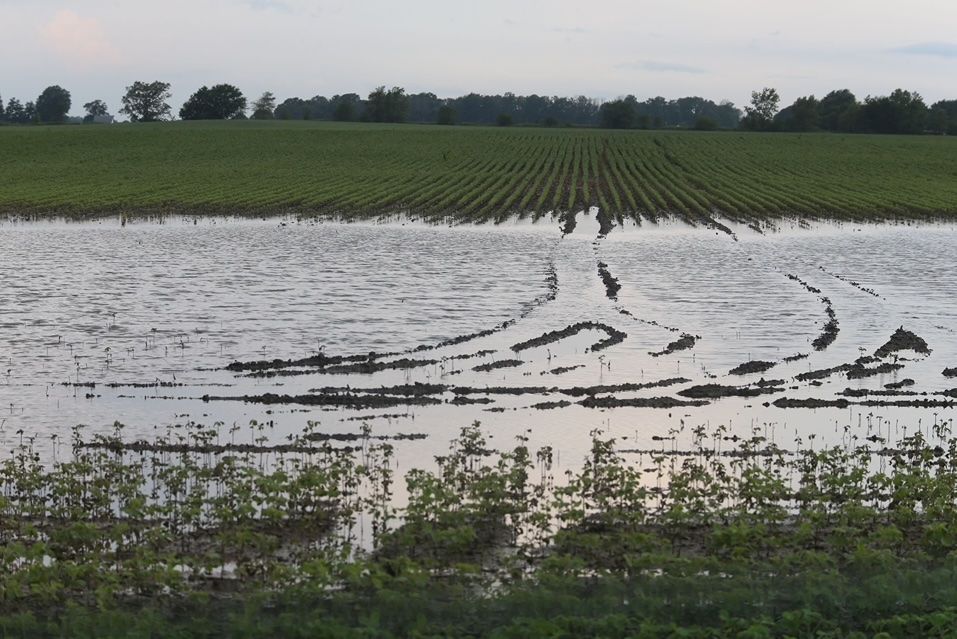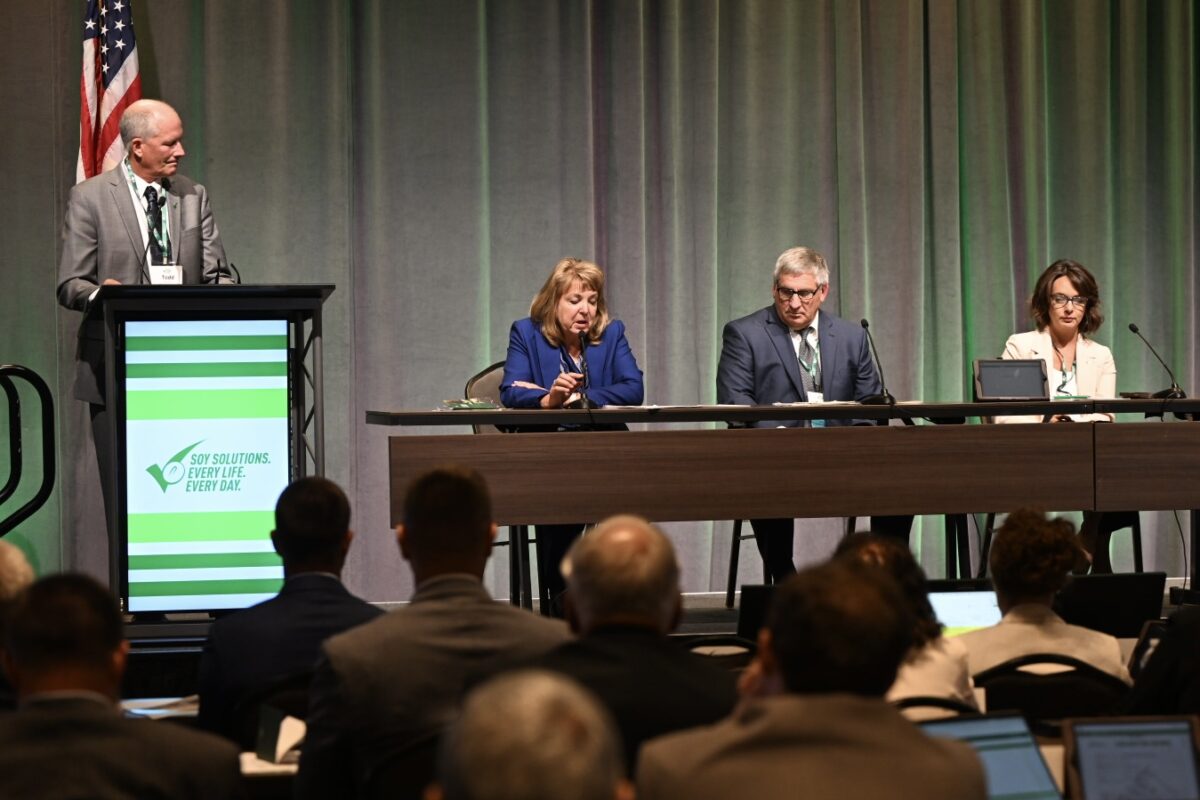Carbon Markets — How Do You Measure Success?

There’s a lot of talk these days about soil carbon markets and conservation practices. Companies that have made commitments to investors and Wall Street are ready to pay farmers for carbon credits to reduce greenhouse gases and mitigate climate change.
But do you understand how this all works and how to take advantage of these new programs? Farmers in a Farm Journal survey say they just don’t have enough information, and they are having trouble finding details in their area on how to apply for these programs. In fact, only 3% of farmers are taking advantage of the opportunity, and 55% say they plan to participate in the soil carbon market within three years. That leaves 45% of farmers saying no to the opportunity.
“The scariest part for farmers is we have big, lofty goals about carbon without having a reliable way to repeatedly measure the same sample and get the same answer each time,” says Meagan Kaiser, soy checkoff farmer-leader and soil scientist in Missouri.
Jack Cornell, the soy checkoff’s director of sustainable supply, sees this uncertainty as an opportunity: farmers can set themselves up for success in the years to come in areas that extend beyond carbon markets.
“Farmers are always improving their farms,” says Cornell. “They want to increase profitability, productivity and sustainability. They are stewards of the land, always working to care for what they have for the next generation.”
That’s why he believes this is the perfect time for farmers to renew their focus on improving their land by using conservation practices such as no-till and cover crops.
“While we are figuring out what the carbon market looks like, this is a great opportunity for farmers to start doing some investigations on their own ground on how to put carbon-smart practices to work,” he says. “We want farmers to be in a position to be flexible enough to adapt to the next round of changes or the next opportunity to make on-farm profit.”
Nevertheless, there is always cost and risk associated with starting anything new. Farmers are the ones putting it on the line while companies may reap the benefits without taking the same risks.
Navigating this newfound territory is no easy task. One reason why the checkoff is building out a strategy that aligns with other commodity partners and industry leaders is to help farmers better understand climate-smart programs while also working to maximize the value proposition to the farm as these markets materialize and mature in the future.
“At the checkoff, we want to make sure farmers are compensated for taking on those risks, which is why we’re continuing to invest in research in areas such as cover crops, tillage, nutrient management and water management to help farmers understand how to do these practices and that there is access to resources and technical assistance,” says Cornell.
Most recently, the checkoff and the American Soybean Association partnered with Farm Progress to host a webinar learning session discussing how farmers can leverage conservation practices to sequester carbon and be financially compensated for their efforts. If you were unable to attend this session, click here to register to view a recording of the webinar.
Ready to get started? Cornell has some advice:
- Start small. Find some acres where you want to try out soil conservation practices such as no-till or cover crops, and commit to it for the long term. Every region is different, so what may work in the Midwest won’t be a fit for farming in warmer climates.
- Find technical assistance that can help with the transition. Many agronomists are trained to be able to implement no-till and cover crops, and they work with farmers who are implementing those practices.
- Connect with your state-level commodity organizations, as many of them have great resources to help.
- Work with your local NRCS soil conservationist. They may be able to help you tap into federal dollars for taking on some of these practices that are not connected to the carbon market.



